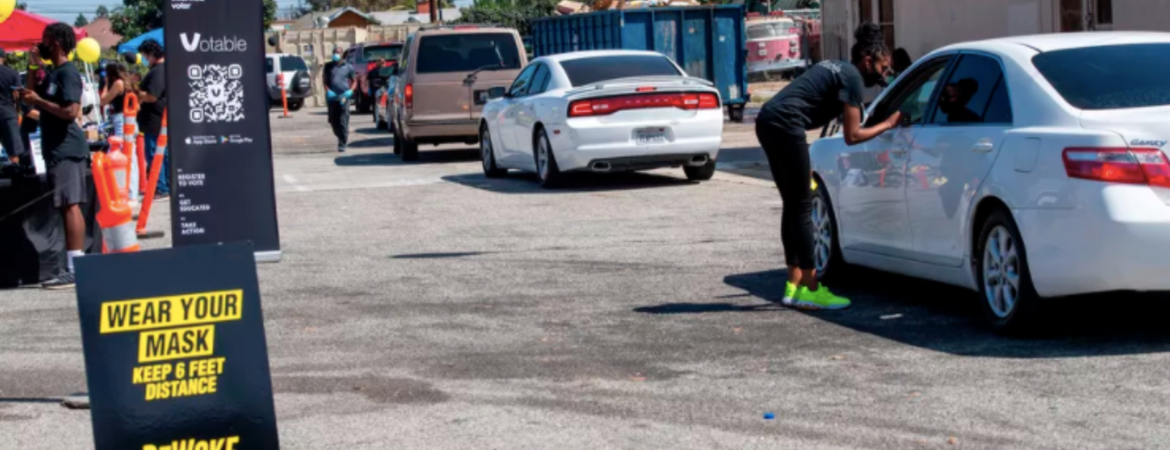Center for Social Innovation

Many political campaigns have historically fallen short when it comes to Asian American voter outreach.
According to a survey conducted after the 2016 election by AAPI Data, an organization dedicated to studying Asian American and Pacific Islanders’ political engagement, roughly 70 percent of voters hadn’t been contacted by either political party during that cycle. And in a September 2020 poll, about half said the same.
While it’s worth noting that outreach — particularly by former Vice President Joe Biden’s campaign and House Democrats’ campaign arm — has ramped up in the months since the survey was released, the data still speaks to how few voters had been contacted just a few months from Election Day.
“Campaigns aren’t quite starting early enough. We’ve really only seen this uptick ... [and] a lot more engagement in the last four to six weeks,” says Jennifer Baik, a communications and policy associate at APIAVote.
AAPI voters are one of the fastest-growing — and increasingly pivotal — groups of voters in the country. A group that’s composed of more than 15 ethnicities, AAPI voters’ proportion of the electorate more than doubled between 2000 and 2020, according to Pew Research. This year, over 11 million Asian Americans and Pacific Islanders are eligible voters.